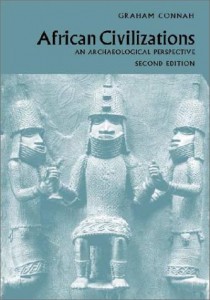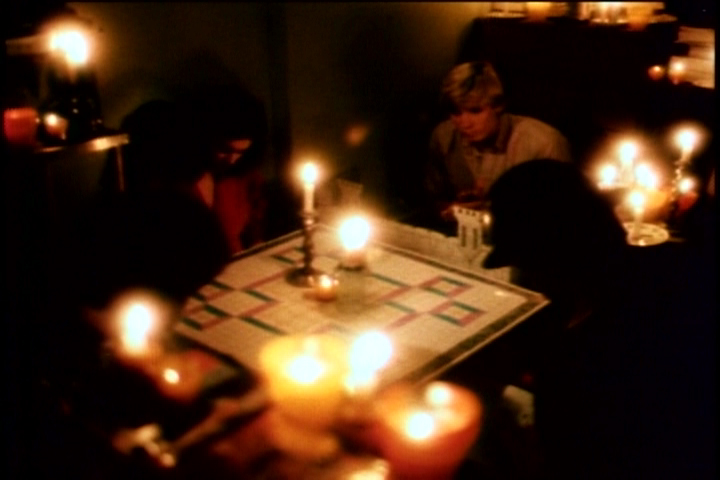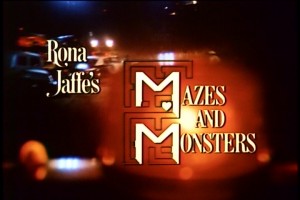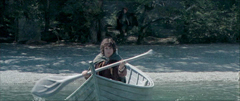I’ve been slowly reading this book for a while. A few months ago, I used a map and a description of a queen’s burial chamber as the centerpiece for a dungeon. Today I was struck by a passage about the ephemeral nature of archaeology. Archaeology, after all, is what PCs do (at least, the Indiana Jones style of archaeology).
Because of the extensive excavation of the Aswan High Dam, we probably know more about Meroitic life in Lower Nubia than in either of the other two provinces.
That got me thinking about the plight of archaeologists, doing hasty, non-methodical excavations on a site that was going to be covered with water and totally destroyed. Unlike normal archaeology, you don’t take your time, catalogue, dig with a spoon. You dig up everything as fast as possible. Whatever you miss is gone forever.
Transfer that kind of pressure to a dungeon. Prepare a big, sprawling dungeon with lots of monsters, traps and treasure. Now place that dungeon in the bottom of a valley that’s about to be flooded forever: maybe one of the ancient dwarven dams is about to break. Make sure the monsters who live in the dungeon are nonsentient or eeevil, so the PCs don’t have to spend their time conducting an evacuation. The PCs have a limited time, say a day, to loot whatever they can from the dungeon. Heck, let’s make it an hour. That should turn up the pressure.
How can you structure this dungeon differently from most? You might be able to stock it more richly with treasure than most, because the players won’t have time to get to every part of it. When they stand on a nearby hill, watching the waves crash over the dungeon forever, you want them to be thinking regretfully of all the loot that’s still in there. To that end, you might want to tell the PCs exactly which of their wishlist items are fabled to be in the dungeon.
This would be an ideal dungeon to use some old-school, first-edition-style dungeon timekeeping. Determine how long it takes to search a room, how long to pass through a room, and how long to run a combat. I don’t like counting rounds, so I’d establish rules of thumb: every search check takes a minute; every combat takes a minute. In 4th edition, a short rest takes 5 minutes; that’s a pretty significant chunk of time if you only have an hour to explore.
Now that time is a resource, we can use it in ways we normally can’t. Normally the PCs can spend as long as they want on a task. If it takes 20 minutes to gather up all the silver pieces from the floor, the PCs will spend that long. But with the sand slipping through the hourglass, PCs will have to judge the possible benefits of skipping the silver.
You can also put something interesting in nearly every room, something that would repay careful investigation. Normally it’s not much of a roadblock for a PC to say “I keep on searching till I find something”, so hiding something is approximately the same as giving it to the PCs. Not so here.
Other ways to monetize time:
- There’s a huge gold statue, but it’s so heavy that you’re slowed when you’re carrying it. If you have to find some way to pulley it across the chasm, that will increase its time cost.
- A tunnel ends at a cave-in. There’s a small gap, too narrow to crawl through, beyond which you can see gleaming gold funeral masks. The gap could be widened with time.
- A one-minute search check reveals a hidden lock that will require multiple Thievery checks to open, each of which will take a minute.
- Every fight will eat up 1 to 6 minutes. If time is running short and the players haven’t found the Holy Avenger yet, maybe they want to bypass the skeleton guardian standing atop a pile of gems.
And then, of course, you dangle a big treasure before the players right as they’re planning to leave. If they take the bait, that will lead to more delays, and finally, a wild dash to safety pursued by a roaring tidal wave.















